The Australian federal government has made two good decisions on our submarine future. Continuing the ridiculous contract with the French for 12 diesel-electric boats would have been on par with our foolishness in not ordering Spitfires for our defence in 1940. The Morrison government followed their brave moment with deciding on nuclear submarines as an alternative – an excellent idea.
Already a subscriber? Log in
Subscribe for just $2 a week
Try a month of The Spectator Australia absolutely free and without commitment. Not only that but – if you choose to continue – you’ll pay just $2 a week for your first year.
- Unlimited access to spectator.com.au and app
- The weekly edition on the Spectator Australia app
- Spectator podcasts and newsletters
- Full access to spectator.co.uk
Or

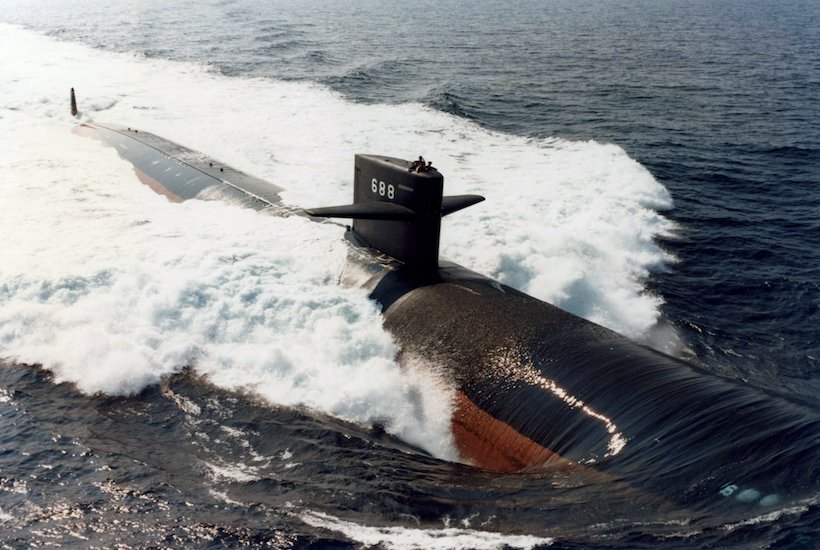
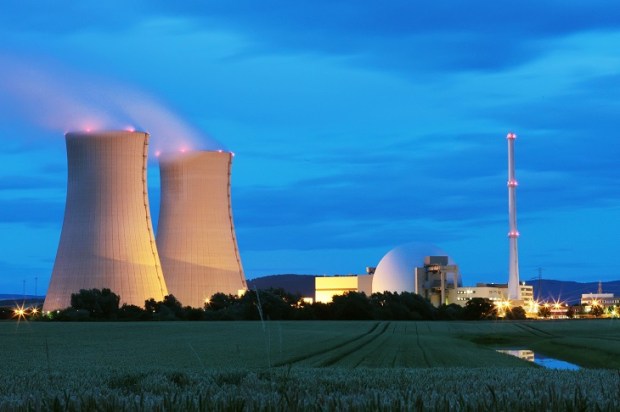
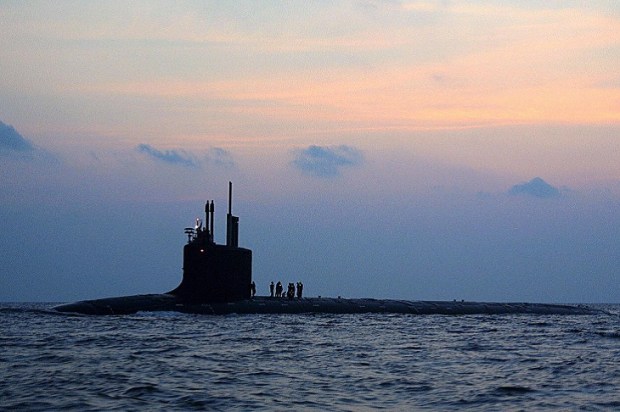
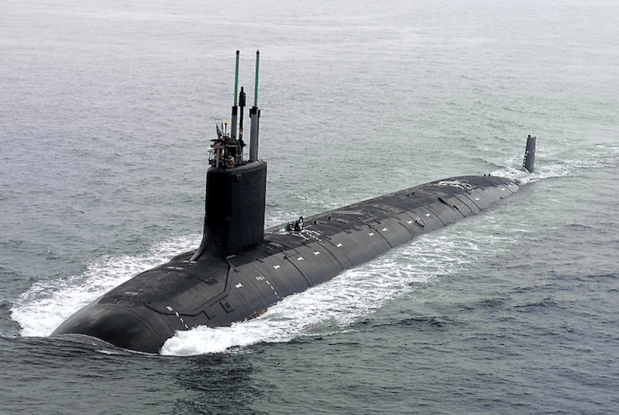
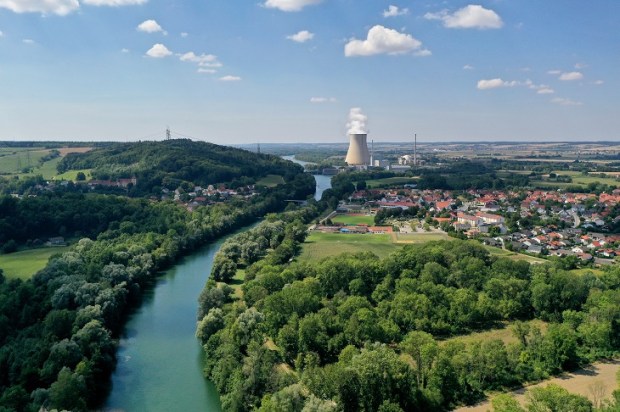
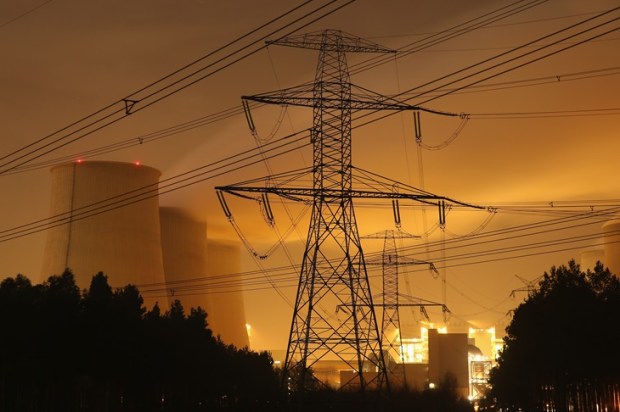
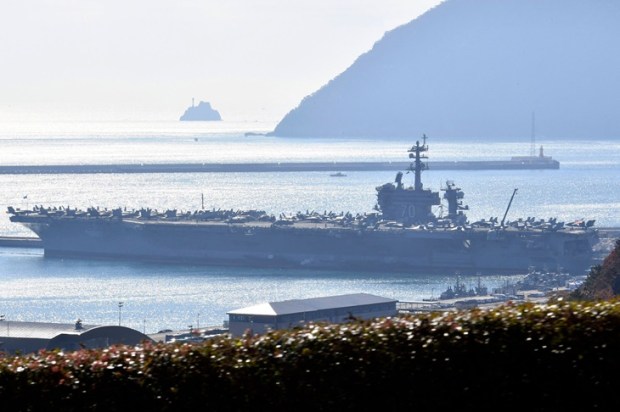


















Comments
Don't miss out
Join the conversation with other Spectator Australia readers. Subscribe to leave a comment.
SUBSCRIBEAlready a subscriber? Log in